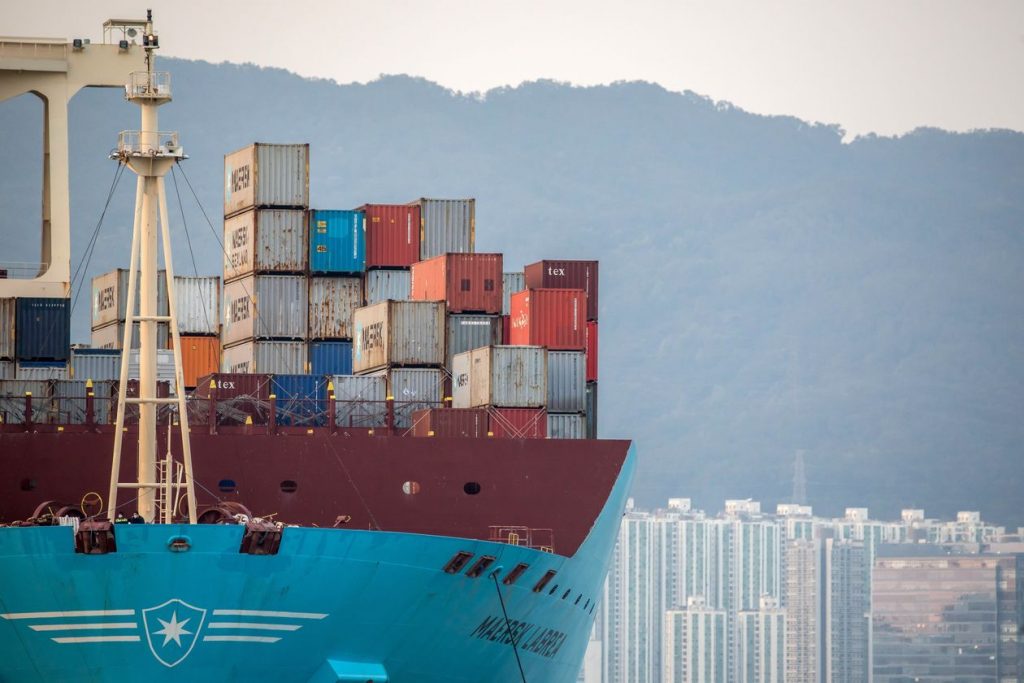The world’s biggest container shipping line is racing to withdraw capacity as fast as business demand is falling. A.P. Moeller-Maersk Chief Executive Soren Skou says Maersk Line has pulled more than 50 scheduled sailings from its China services since late January, the WSJ’s Costas Paris and Dominic Chopping report, part of the broader retrenchment of shipping services in the wake of the coronavirus outbreak. The company’s large scale leaves it heavily exposed to the steep decline in China volumes since Beijing imposed an extraordinary series of restrictions aimed at restricting the spread of the virus. Factory output remains weak, but Mr. Skou says transport barriers within China are hampering exports as well since truck drivers face big hurdles in moving goods to ports. That could add to Maersk’s financial pain this year after the carrier unveiled a surprise $72 million net loss in the quarter ending Dec. 31.
TRANSPORTATION
A standoff on Canada’s freight rail tracks is starting to bite into the country’s economy. The two-week-old blockade of rail lines by protestors of a proposed natural-gas pipeline is stranding key shipments and snarling supply chains, the WSJ’s Paul Vieira reports, triggering layoffs in some operations and raising alarms at factories and export centersI. Canadian National Railway is laying off 450 workers while shipping customers scramble for scarce alternatives. One logistics broker says freight rates for trucks have climbed as much as 20% since the protests began for those shippers that can secure road transport. Food-packaging provider CKF Inc. says the blockades “have caused some supply-chain chaos,” but the company is eating the higher costs to keep customers satisfied. Economists say the stoppages threaten to shave 0.1% to 0.3% from Canada’s economic output this month, but the damage could grow the longer the interruption continues.
COMMODITIES
There’s no escape in the kitchen from the impact of the coronavirus outbreak. Prices for garlic are jumping to the highest levels in two years, the WSJ’s Lucy Craymer reports, because ofdisruptions in supply from China, the world’s biggest producer of the aromatic bulbs. The rising garlic costs contrast with a more general downturn in agriculture prices because of dimming demand in China, highlighting the fractured impact of the outbreak on trade flows. Garlic production in China has slowed since authorities sounded alarms over the spread of the virus in late January. Because garlic takes nine months to grow, the recent price increases may be the first taste of still higher prices over the coming year. One of America’s largest garlic producers and suppliers says it has reached out to growers in other countries to mitigate big increases in wholesale prices.
Source: https://www.wsj.com/articles/todays-logistics-report-maersk-seeks-anchor-canadas-rail-standoff-garlic-markets-pressed-11582297272



